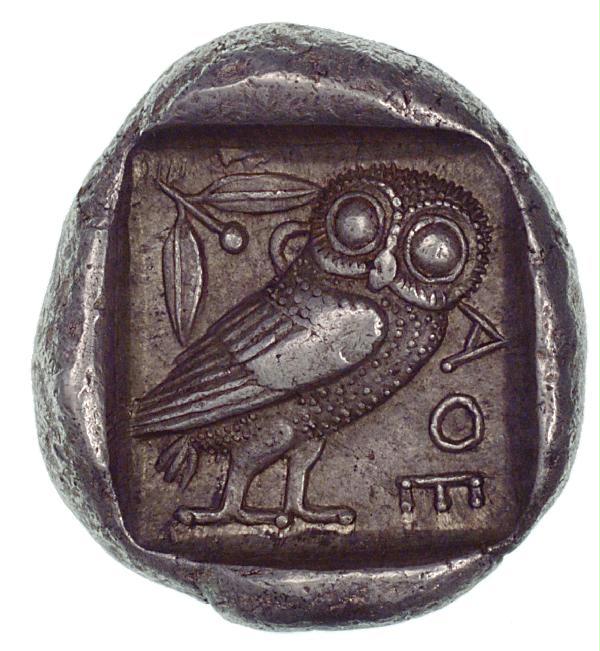The word “Middle Ages” evokes fairies, elves, dragons, witches, magical
enchantments, the mysteries of the Knights Templar, and popular events
such as Palios, rides, and tournaments. Did all of these things already
“exist” in the Middle Ages narrated by Dante, or are they just modern
fantasies? And if Dante talks about such wonders, where does he? And
how?
On a quest to answer such questions, Dario Rivarossa leads
the reader on a journey through the “open secrets” of the poem par
excellence of Italian literature. Here is an original and unusual essay,
capturing many aspects of The Divine Comedy that remain hidden
to modern readers. Conveyed in a humorous and engaging style, the study
is notable for rigorous scholarship and insightful critical
observations. It is a wonderfully engaging book for both students of
Dante and the non-expert audience.
The book features 100 color drawings — as many as the Cantos in The Divine Comedy — prepared by the author.
Dario Rivarossa was born
in 1969 in
Savigliano, Italy, hometown of the astronomer
Giovanni Schiaparelli. He currently lives in Perugia, internationally known for
the Renaissance painter “Perugino” (Pietro Vannucci), who was considered the
greatest artist ever, at least until eclipsed by Leonardo Da Vinci, Michelangelo,
and Raphael. He is a translator (English, German, Classical Languages to
Italian), essayist, journalist, lecturer (especially for the Dante Alighieri
Society), and illustrator. Two series of his illustrations based on Milton’s Paradise Lost belong to prestigious
collections in the United
States. His experimental Miltonian haiku PL
575 have been published in the anthology Emanations: Second Sight, also published by International
Authors. Happily married to Paola. Website.





























2 comments:
Carter, again a billion thanks for everything!
Ah, thank you, Dario. Your work is putting International Authors on the map!
Post a Comment